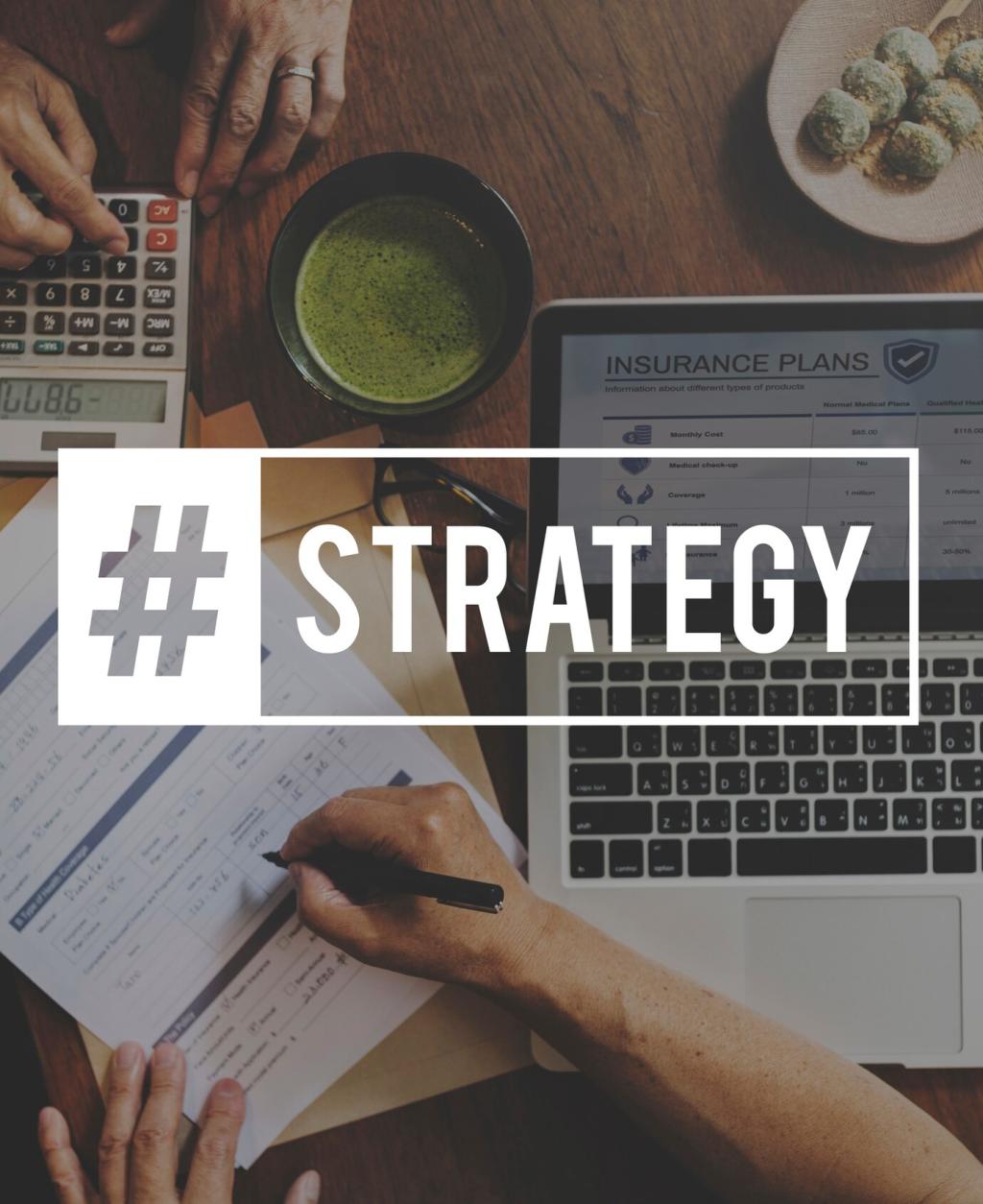
Effective Copywriting Techniques for Interior Designers
Today’s chosen theme: Effective Copywriting Techniques for Interior Designers. Explore how precise words, human stories, and strategic structure can elevate your studio, attract dream clients, and turn tasteful visuals into booked consultations. Subscribe and share your challenges—we’ll tailor future posts to your voice.
Clarify Your Client Personas
Interview Real Clients for Language Gold
Schedule short, friendly calls with past clients and ask what truly worried or excited them. Capture exact phrases like “storage without sacrificing light.” Use their words verbatim in headlines. Comment with your favorite quotes to inspire our community.
Map Pain Points to Promises
List top frustrations—overwhelm, clutter, budget creep, contractor delays—and pair each with a promise your process fulfills. When prospects see their worries named, trust rises. Share your list below and we’ll suggest high-converting promise lines.
Create a Voice-of-Customer Vault
Store recurring wording in a single document: emails, DMs, testimonials, discovery notes. Tag by room, style, and lifecycle stage. Reuse this language in service pages, case studies, and ads. Subscribe for a downloadable vault template.


Headlines That Stop the Scroll
Swap “Full-Service Interior Design” for “Design That Adds Calm, Storage, and Light to Busy Family Homes.” Outcomes are vivid and magnetic. Try rewriting one headline today and post your before-and-after in the comments.
Headlines That Stop the Scroll
Specificity sells: “A Peaceful Nursery in 21 Days,” or “A Rental-Friendly Refresh Under $3,000.” Numbers reduce risk and sharpen expectations. What constraint can your process reliably meet? Share it and we’ll craft a headline together.
Tell Transformational Stories
Before: toys everywhere, echoing sound, constant visual noise. After: zoned storage, quiet textiles, softened light. Bridge: your thoughtful process. Structure every case study with this arc and watch time-on-page grow. Share your favorite project arc.
Tell Transformational Stories
Replace vague adjectives with tangible details: “linen Roman shades that filter late-afternoon glare,” “walnut drawers that close with a whisper.” Sensory cues transport readers. Post one sentence you upgraded, and we’ll celebrate your revision.
Calls to Action That Feel Like Design Advice
Try lines like “See how this layout could fit your space,” or “Get a two-room mood board plan.” Friendly language reduces pressure and sparks replies. Share a CTA you love and we’ll refine it together.


SEO That Still Sounds Like You
Research phrases like “Scandinavian interior designer Austin” or “small apartment stager in Brooklyn.” Sprinkle them in headings, alt text, and FAQs. Keep sentences natural. Share your city and style, and we’ll suggest long-tail keywords.
SEO That Still Sounds Like You
Use descriptive H2s, short paragraphs, and bullet lists that respect busy readers. Include internal links between services and case studies. Human readability wins dwell time. Post a URL and we’ll propose headings you can paste in.
Social Proof and Trust Signals
Prompt Specific, Story-Rich Testimonials
Ask clients, “What changed in daily life after the redesign?” and “Which part of the process surprised you?” Specific stories beat star ratings. Share your testimonial questions and we’ll help you refine them.
Highlight Measurable Project Wins
Include numbers that matter to homeowners: “30% more pantry capacity,” “two-week install,” “noise reduced with layered textiles.” Quantified outcomes feel credible. Post one metric from a recent project, and we’ll craft a headline.
Display Credibility Without Stiffness
Show press logos, professional memberships, and insurance badges near CTAs with a friendly caption. Think reassurance, not bragging. Drop your affiliations below, and we’ll help write a warm, trustworthy microcopy.
